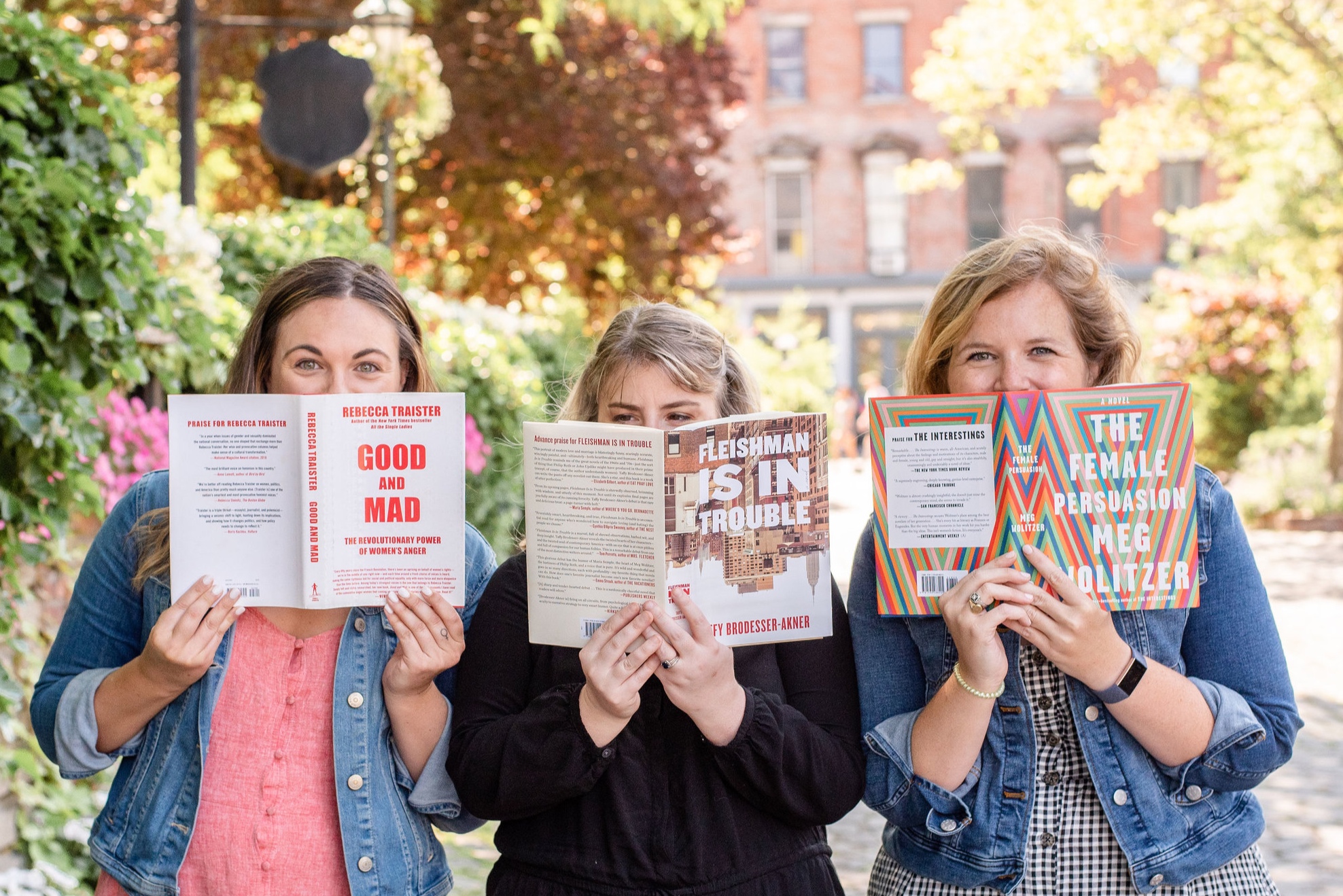Page to Screen: "Little Fires Everywhere"
Full disclosure that I read Celeste Ng’s “Little Fires Everywhere” about a year and a half ago and remember loving it, but it was awhile ago and I’ve read more than 100 books since then. But, since Hulu released the season finale of its adaptation of “Little Fires Everywhere” this week, I wanted to share some quick thoughts.
Another note: I am by no means a television reviewer (read my review of Emily Nussbaum’s book of TV essays for actually good TV criticism), but I am a very enthusiastic television viewer.
The novel and book center around two families: the Richardsons, a well-off white family based in Shaker Heights, OH; and the Warrens, a black (in the show) mother-daughter duo who travel around the country at the whims of the mother’s art. The Richardsons have four teenage children and the youngest, Izzy, has never quite fit in with the rest of her siblings. Elena, the matriarch, works part-time at the local newspaper and it’s implied that she gave up her career to raise kids. Mia and her daughter Pearl move to Shaker Heights, and through a series of events, Elena ends up renting an apartment in a duplex she owns to the Warrens. The families’ lives become more intertwined from there.
First off, I adored the casting. Reese Witherspoon plays “well-meaning white lady” better than almost anyone, and I found her Elena portrayal spot-on. It’s like if Tracy Flick grew up and committed microaggressions at an alarming pace. The actors who played her kids were great—Jade Pettyjohn, who played Lexie, looks so much like Reese’s actual daughter Ava that I had to google to check if it was her or not.
Kerry Washington is of course brilliant, but I do feel like her voice still carries a little too much of that intense Olivia Pope/Shondaland intensity. Old habits die hard.
There are several notable differences between the book and the TV show, the most obvious being that Mia and her daughter are black. Their race wasn’t specified in the book, but making them black gave the writers a lot of room to explore the microaggressions and common tropes—Mia proclaiming that “white women always want to be friends with their black maids” after she takes a job working for Witherspoon’s Elena, and admonishing Elena that she “didn’t make good choices, [she] had good choices” when Elena talks about how she overcame past challenges in her life. There are some great lines during Elena’s and Mia’s interactions in the first few episodes and it’s obvious the writers took this very seriously.
I was less interested in Pearl and Moody’s friendship in the adaptation; a lot of it was glossed over using a montage or two and it was hard to feel the depths of betrayal Moody felt once it’s revealed that Pearl slept with his older brother Trip. But, it was clear that Pearl desperately wants to be a “normal” teenager—date the “big man on campus,” go to dances, and not move from place to place with her nomad mother all the time.
The adaptation doesn’t ignore one of the main conflicts of the book that did explicitly deal with race; one of Mia’s coworkers at a Chinese restaurant reveals that in a fit of postpartum depression and unable to feed her infant daughter, she abandoned the baby at a fire station. Mia winds up encountering the baby’s soon-to-be adoptive parents at a party thrown by Elena (of course they are friends), and reveals to her coworker Bebe where her baby is. From there, there’s a court battle and a judge ultimately decides who should be granted custody of the baby.
This serves as the final conflict between Mia and Elena. The latter is of course on the side of her rich (white) friend; the former feels strongly that the baby belongs with her birth mother. It soon becomes clear why, as Elena takes it upon herself to travel to New York and put her “investigative” skills to use to uncover parts of Mia’s past that she had wanted to stay hidden.
We are spoiler-free here but the adaptation also had quite a different ending than the book did. I didn’t hate the show’s ending, but I found it more symbolically believable than actually believable.
I also have to say that I adored the very 1997 touches throughout the show: Elena’s squared-off, French manicured hands; the boxy SUVs; the landlines; and of course the wardrobe. So so good.
You certainly don’t have to have read the book to enjoy the show, and vice versa. I liked both, and since there are some fairly major differences, you won’t necessarily spoil one or the other for yourself if that’s a concern (although not every major plot point was changed!).
If you click on one of the links in this article and make a purchase, She’s Full of Lit may receive a small commission. It doesn’t add anything to your price — we promise! Thanks so much for your support.




